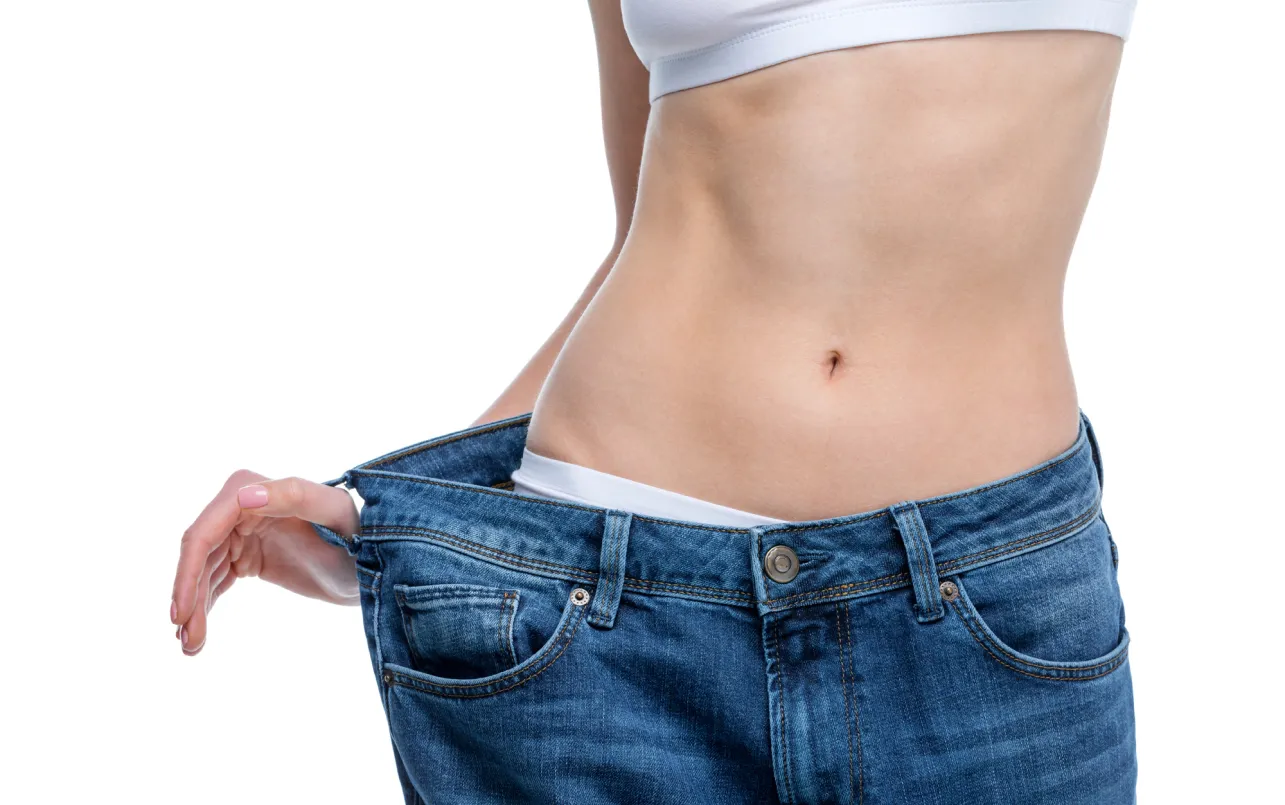
Many patients wonder if liposuction can replace traditional weight loss, but the distinction is often misunderstood. While liposuction can sculpt and refine specific areas of the body, it doesn’t improve overall health or address the underlying causes of weight gain. Understanding the realistic capabilities and limitations of this procedure is essential for setting informed expectations and achieving results that enhance, rather than exaggerate, your natural body contours.
Liposuction is designed to remove localized fat deposits that resist diet and exercise, helping to sculpt areas like the abdomen, thighs, arms, and chin. It’s important to recognize that liposuction is not a weight-loss method—it does not reduce overall body fat significantly or improve health markers like cholesterol or blood pressure. Results are most noticeable in patients who maintain a stable weight and healthy lifestyle. Additionally, liposuction cannot correct loose or sagging skin caused by significant weight fluctuations, aging, or genetics. Understanding these limitations ensures patients approach the procedure with realistic expectations and focus on body contouring rather than expecting a replacement for traditional weight loss.
Liposuction is best suited for patients who have healthy, stable body weight but struggle with localized fat deposits that resist diet and exercise. Ideal candidates typically have good skin elasticity, as this allows the skin to conform smoothly to new contours. People with underlying medical conditions, significant weight fluctuations, or unrealistic expectations may not achieve optimal results. Additionally, candidates should understand that liposuction is a body sculpting procedure, not a substitute for weight loss, and be committed to maintaining a balanced lifestyle. Those who are mentally prepared for the recovery process and have clear, realistic goals tend to achieve the most satisfying, natural-looking outcomes.
After liposuction, results are noticeable but gradual, as swelling and bruising can take several weeks to subside. Patients should understand that liposuction contours the body rather than dramatically changing overall weight. Recovery involves wearing compression garments, limiting strenuous activity, and following your surgeon’s aftercare instructions to support proper healing. Final results are influenced by factors like skin elasticity, treated areas, and adherence to a healthy lifestyle. Patience is essential—while some improvement is visible within days, the full sculpted effect may take two to three months. Approaching liposuction with realistic expectations helps ensure satisfaction and a safe, smooth recovery experience.
Before deciding on liposuction, it’s important to approach the procedure thoughtfully and understand both its benefits and limitations. Key considerations include:
These considerations help patients approach liposuction with clarity, prioritizing safety and satisfaction while achieving realistic, long-lasting body contouring outcomes.
Liposuction can be a powerful tool for refining body contours, but it is not a replacement for healthy weight management. Understanding its limitations, knowing who is an ideal candidate, and setting realistic expectations are essential for achieving satisfying results. Patients who approach liposuction with informed decisions and a commitment to post-procedure care are more likely to enjoy long-lasting, natural-looking improvements. If you’re considering liposuction or want to explore whether it’s the right option for your goals, visit us or call 520-526-2082 to schedule a personalized consultation with our board-certified team.